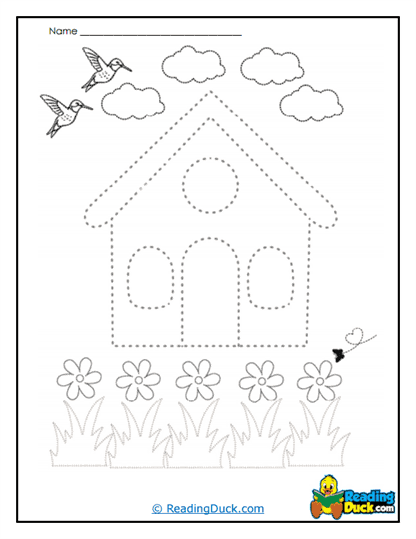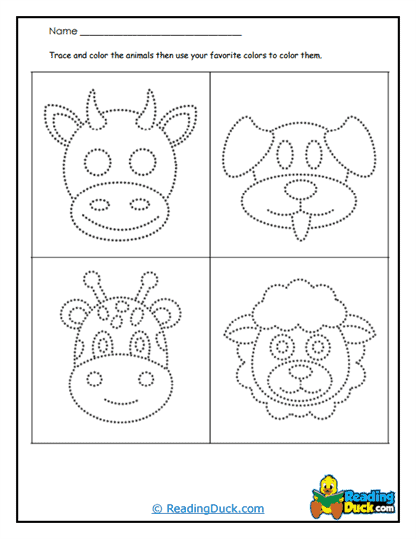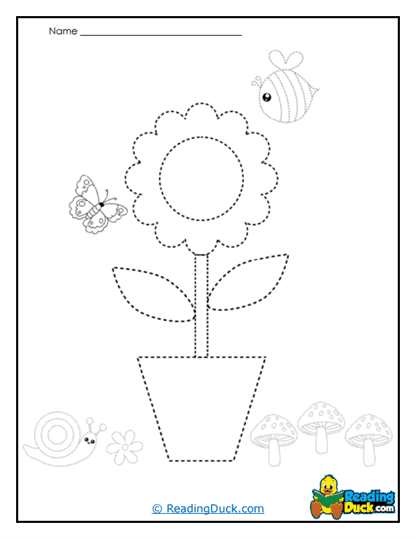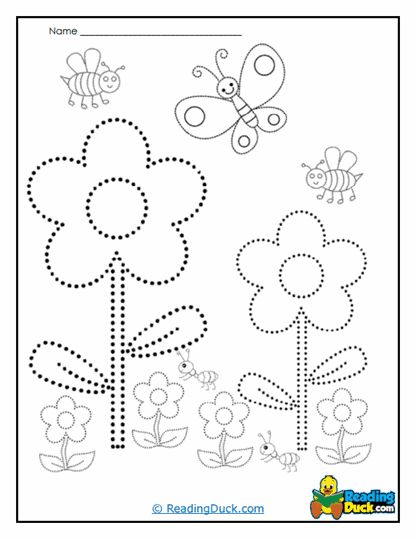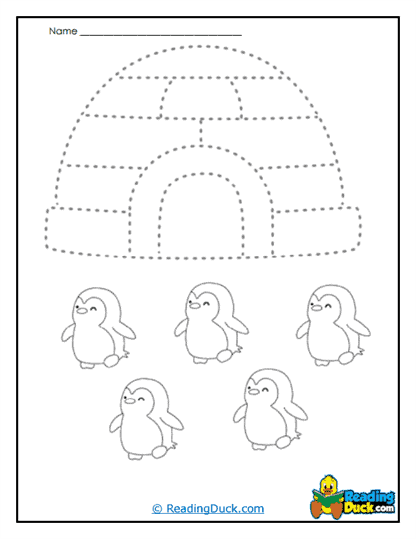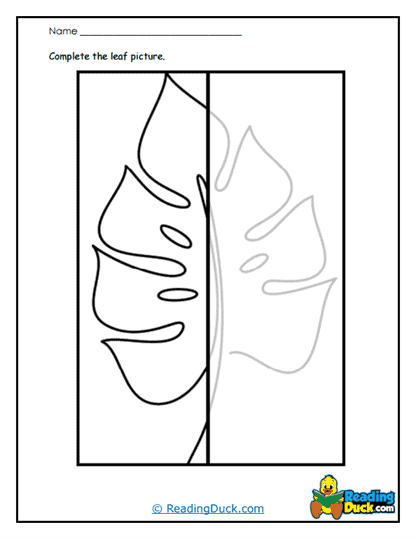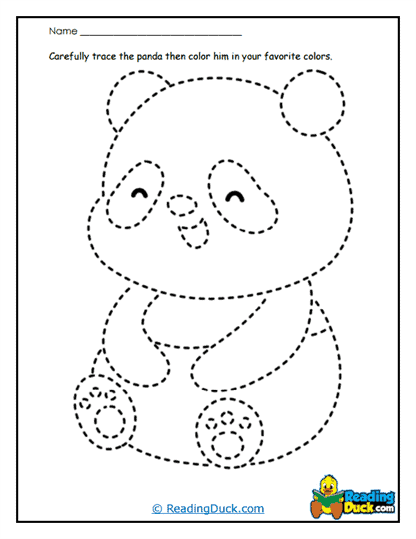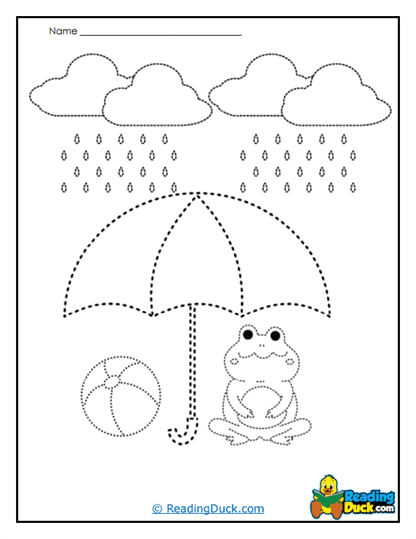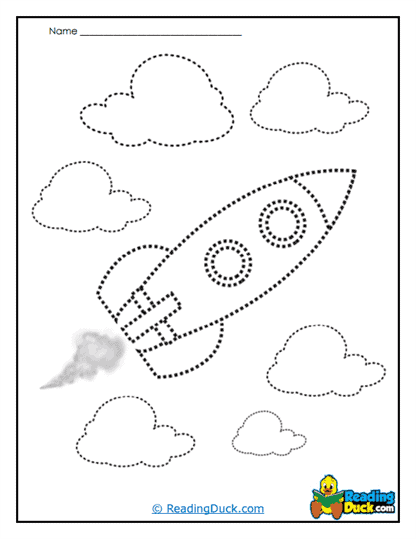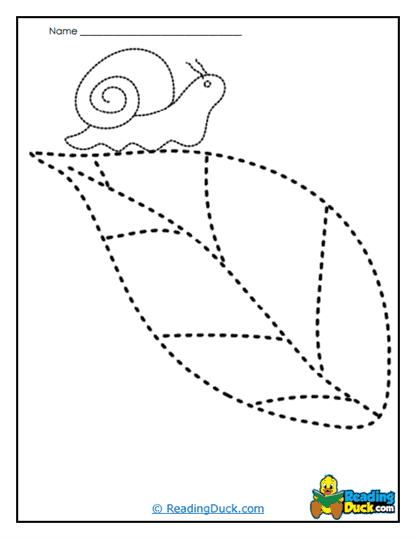Trace and Draw Worksheets
About Our Trace and Draw Worksheets
Our Trace and Draw Worksheets provide young learners with a fun, engaging way to develop essential handwriting and drawing skills. Falling under the Handwriting category within the Skills section, this collection supports students in improving their fine motor skills, pencil control, and hand-eye coordination, which are critical for both writing and drawing. By combining tracing and drawing activities, these worksheets guide students through practicing pre-writing movements while encouraging creativity and independent expression. Available in PDF format, these worksheets are easy to view, download, and print for use in classroom and home settings. Additionally, each worksheet comes with a downloadable answer key, allowing parents and educators to track progress and provide guided feedback throughout the learning process.
What is Trace and Draw? A Comprehensive Exploration
Trace and Draw is an activity designed to support early learners as they build fundamental motor skills and develop their ability to create clear, recognizable shapes. In this process, students first trace pre-drawn lines or shapes, which provides a structured and guided approach to writing and drawing. After tracing, they move on to drawing independently, practicing what they’ve learned without the assistance of pre-drawn guides. The Trace and Draw method fosters essential skills such as pencil control, spatial awareness, and visual-motor coordination, all of which are critical for handwriting and artistic expression.
Breaking Down Trace and Draw:
- Tracing Pre-Drawn Shapes: At the start of the activity, students trace various pre-drawn shapes, lines, or images. Tracing allows them to focus on controlling their pencil and following a specific path. This practice strengthens the muscles in their hands and fingers, preparing them for more precise and fluid writing movements later on. Shapes such as circles, squares, triangles, and even more complex images like animals or objects may be included in the worksheets.
- Independent Drawing Practice: After tracing, students progress to drawing similar shapes or images on their own. This step encourages them to apply what they have learned during the tracing phase, reinforcing their skills in an unstructured setting. Independent drawing helps students build confidence in their ability to create recognizable forms while continuing to refine their motor control.
- Fine Motor Development: Both tracing and drawing require fine motor skills—small, controlled movements of the hands and fingers. Tracing provides a scaffolded approach to building these skills, while independent drawing encourages students to apply what they’ve learned with greater freedom. Over time, students develop stronger, more controlled movements, which are essential for both writing and drawing.
Types of Trace and Draw Activities:
- Simple Line Tracing: Students may begin by tracing straight lines, curved lines, and wavy patterns to practice controlling the direction and flow of their pencil. These simple shapes lay the foundation for forming letters and more complex drawings.
- Shape Tracing: Tracing geometric shapes, such as circles, squares, and triangles, helps students recognize basic forms that are used in both writing and drawing. These shapes also provide a basis for more intricate designs, helping students see how simple shapes combine to form complex images.
- Image Tracing: More advanced worksheets may feature outlines of animals, vehicles, or everyday objects. Tracing these images helps students practice following detailed lines and curves, improving their precision and focus as they work to recreate recognizable objects.
Benefits of Trace and Draw:
- Improved Pencil Control: By guiding their pencil along pre-drawn paths, students practice the small, controlled movements required for successful handwriting. This process helps them develop the ability to move their pencil smoothly and confidently, reducing hesitation and increasing precision.
- Hand-Eye Coordination: Tracing activities require students to coordinate their hand movements with their visual input, helping them align their pencil with the shapes they see. This visual-motor integration is a key component of both handwriting and drawing.
- Boosting Creativity: As students transition from tracing to independent drawing, they are encouraged to think creatively and add their own personal touches to their drawings. This fosters artistic expression and helps children develop a sense of confidence in their ability to create.
How These Worksheets Support Learning and Development
The Trace and Draw Worksheets in this collection are designed to give students structured practice in building the fundamental skills needed for handwriting, drawing, and creative expression. By combining the controlled practice of tracing with the freedom of drawing, these worksheets offer a comprehensive approach to skill development.
Supporting Handwriting and Motor Skills:
- Building Fine Motor Strength: Tracing helps students strengthen the small muscles in their hands and fingers, which are critical for tasks that require precision, such as writing, drawing, and using scissors. The controlled movement required during tracing activities helps build muscle memory, which is essential for handwriting fluency.
- Encouraging Consistent Pencil Grip: Tracing activities promote the correct pencil grip, helping students learn how to hold and maneuver a pencil with confidence. This is a key component of effective handwriting, as a proper grip enables smoother, more controlled movements.
- Developing Spatial Awareness: As students trace shapes and lines, they learn how different forms relate to one another on a page. This understanding of spatial relationships is critical for tasks such as writing letters and words in alignment, as well as for organizing drawings and artwork.
Encouraging Creative Expression and Problem Solving:
- Combining Structure and Creativity: Trace and Draw Worksheets offer the perfect balance of structured practice and creative freedom. The tracing portion of each activity gives students a guided approach to building foundational skills, while the drawing section encourages them to think independently and express their own ideas through art.
- Promoting Problem-Solving Skills: As students transition from tracing to drawing, they are challenged to recreate shapes and forms without assistance. This encourages them to think critically about how to break down complex images into simple shapes, building their problem-solving skills in the process.
The Role of Trace and Draw in Early Literacy Development
While Trace and Draw activities may seem primarily focused on art and motor skills, they also play an important role in early literacy development. The motor control, visual-motor coordination, and focus required for tracing and drawing directly contribute to a child’s ability to write letters, form words, and eventually read fluently.
Linking Motor Skills to Literacy:
- Building Pre-Writing Skills: Tracing shapes and lines helps children practice the types of movements they will later use when forming letters. For example, tracing a curved line prepares them for writing letters like “C” and “S,” while tracing straight lines supports the formation of letters like “L” and “I.”
- Strengthening Letter Recognition: Many early drawing exercises involve tracing basic shapes that resemble letter forms. This reinforces students’ ability to recognize the shapes of letters, a skill that is crucial for both reading and writing fluently.
- Encouraging Writing Fluency: As students develop stronger pencil control through tracing and drawing, they become more capable of forming letters smoothly and consistently. This fluency allows them to focus on the content of their writing, rather than on the mechanics of forming each letter.
Suggestions for Additional Activities to Reinforce Trace and Draw Skills
To further support the skills developed through these Trace and Draw Worksheets, educators and parents can introduce additional activities that build on the concepts of tracing, drawing, and creative expression. These activities can be adapted for both classroom settings and homeschooling environments, offering students new ways to apply their skills.
Supplemental Activity Ideas:
- Free Drawing Time: Once students have practiced tracing and drawing shapes, give them free time to create their own drawings. Encourage them to use the shapes they’ve traced as a foundation for their artwork, allowing them to explore their creativity while continuing to practice the motor skills they’ve developed.
- Tracing Letters and Numbers: Introduce letter and number tracing activities that build on the motor control skills learned through shape tracing. This helps students transition from drawing shapes to writing letters and numbers, strengthening their pre-writing abilities.
- Connect-the-Dots Exercises: Offer connect-the-dots worksheets that encourage students to draw lines between numbered points to reveal a hidden image. This activity reinforces pencil control, number recognition, and the ability to follow a sequence—all important skills for early literacy and numeracy.
- Storytelling Through Drawing: Encourage students to create their own stories by drawing a series of images. They can trace shapes or objects to illustrate their story, and then write a sentence or two about each picture. This activity promotes both creative thinking and literacy development, as students practice writing and drawing in tandem.
Grade Levels Suitable for Trace and Draw Worksheets:
- Pre-K to First Grade: These worksheets are ideal for students in Pre-K through first grade, as this is the stage when children typically begin developing fine motor skills and learning to control a pencil. However, they can also be used with older students who may need additional practice with motor skills or creative expression.
The Practical Importance of Trace and Draw in Academic and Personal Development
Trace and Draw activities play a crucial role in a child’s overall development, offering long-term benefits that extend beyond the classroom. By combining the precision of tracing with the freedom of drawing, students build a strong foundation for both academic success and creative expression.
Academic Benefits:
- Preparation for Writing Tasks: The motor skills developed through tracing and drawing provide students with the physical control needed to write letters, words, and sentences clearly. This preparation sets them up for success in both early literacy tasks and more advanced academic writing as they progress through school.
- Cognitive Development: Trace and Draw activities engage students in problem-solving, spatial awareness, and fine motor control. These skills contribute to cognitive growth, enhancing their ability to process information, organize thoughts, and solve problems.
Personal Growth and Confidence:
- Confidence in Creative Expression: As students learn to draw independently, they build confidence in their ability to express their ideas through art. This confidence encourages them to engage more fully in creative activities, fostering a lifelong love of learning and exploration.
- Independence in Learning: Trace and Draw activities teach students how to transition from guided practice to independent work. This sense of independence is important not only for academic success but also for personal growth, as children learn to trust their abilities and think creatively.
In conclusion, our Trace and Draw Worksheets provide a comprehensive and engaging way for young learners to develop essential handwriting and drawing skills. Through structured tracing and independent drawing, students build the fine motor control, pencil grip, and creativity needed for success in both academic and personal endeavors. These worksheets offer a valuable resource for educators and parents as they guide children on their journey toward confident, capable writing and drawing.
